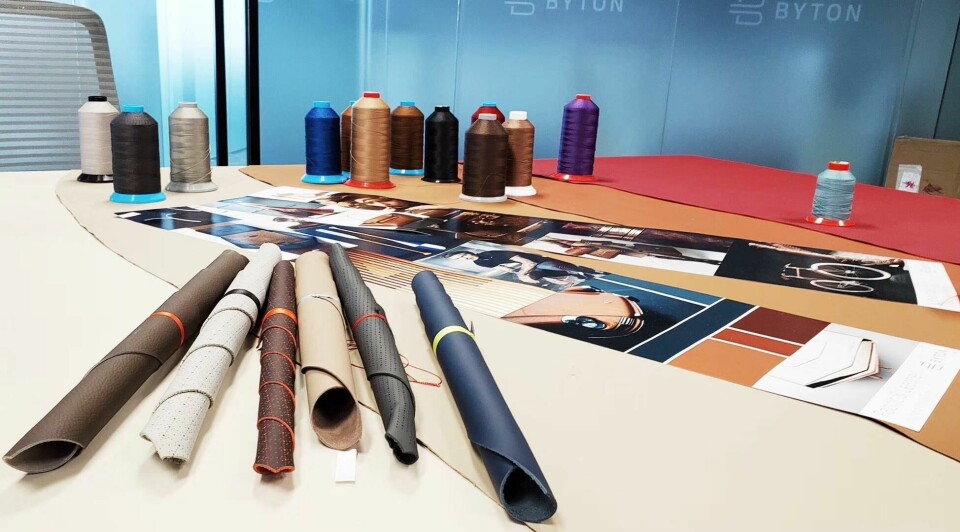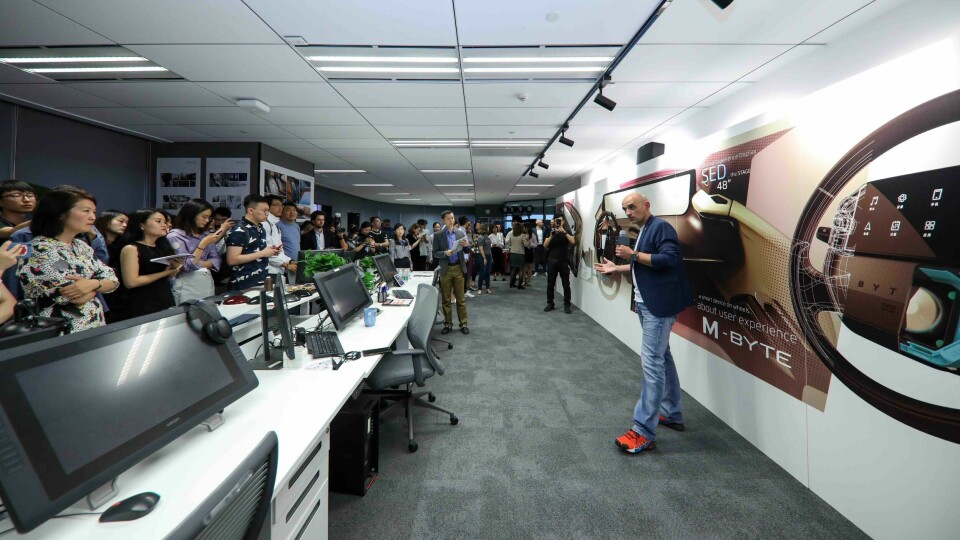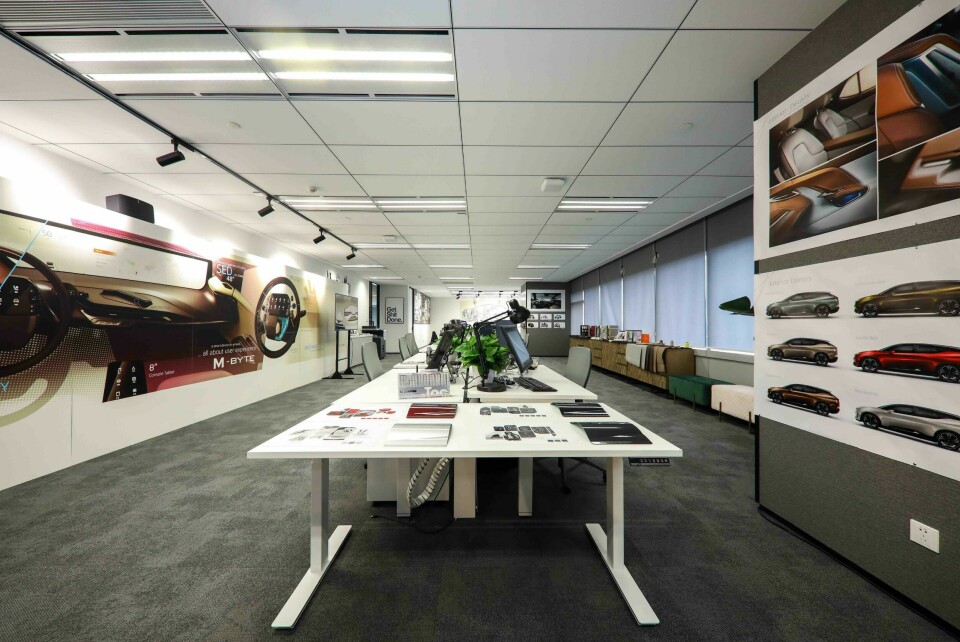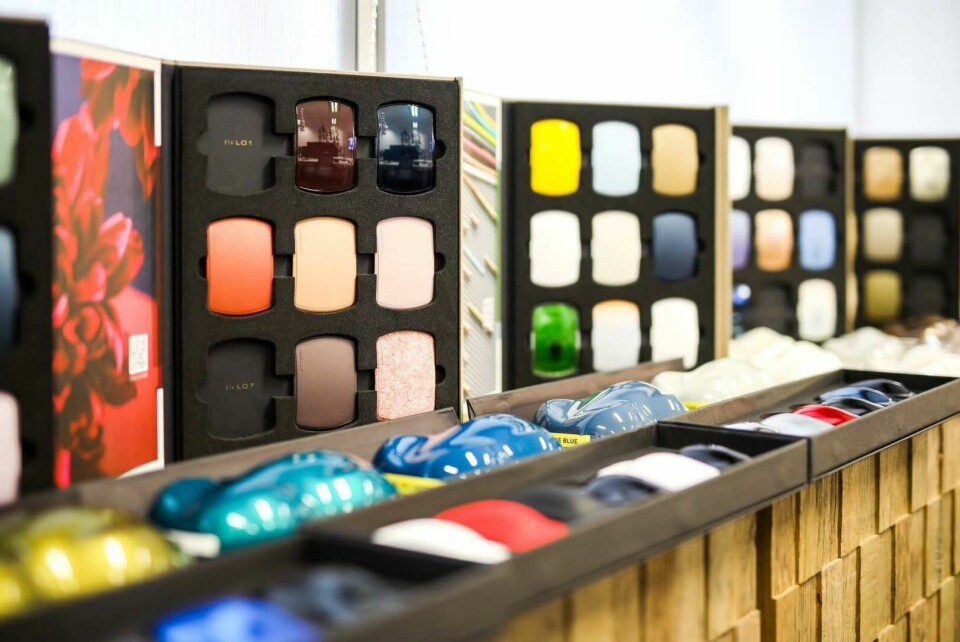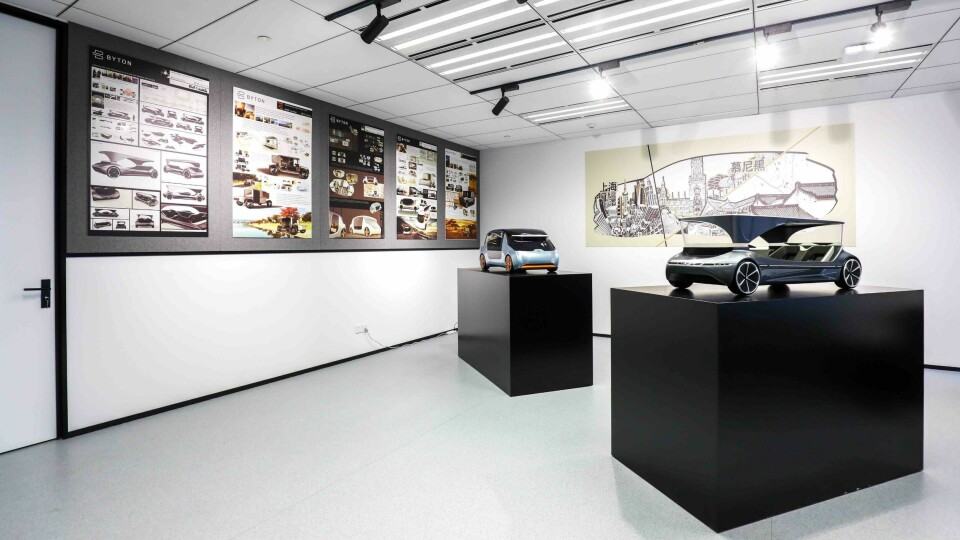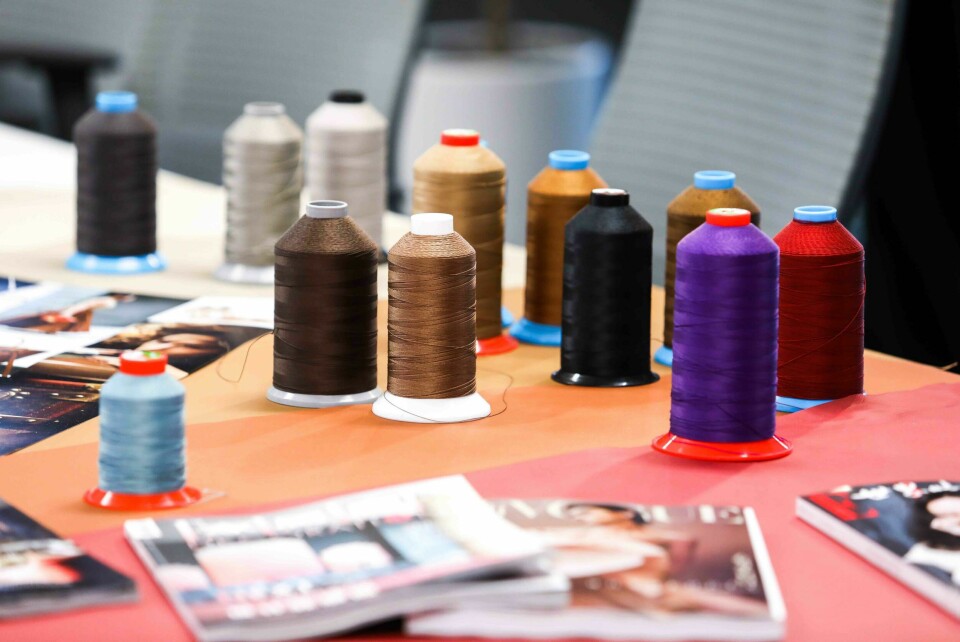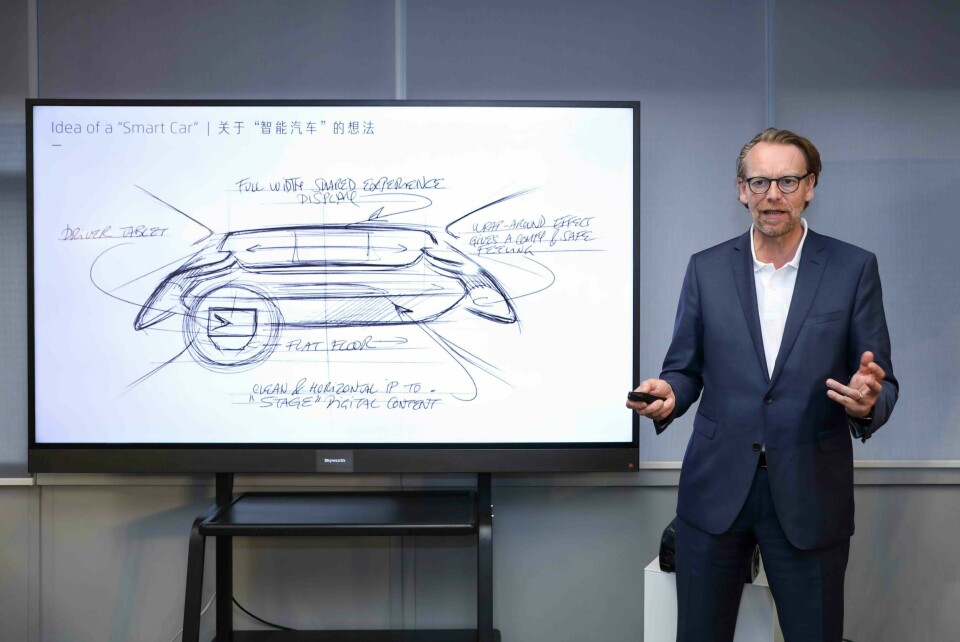
Byton reveals new Chinese studio (and more production car secrets)
Byton’s new Shanghai studio opens as it readies its first production car
As Byton readies its first production car – the full-electric, mid-sized SUV M-Byte with that 48-inch full-width screen due in September – it has also expanded its design footprint with a bigger Shanghai studio.
The official opening on Thursday 13th June 2019 was hosted by Byton’s senior VP of design Benoît Jacob, China design director Rick Chen and other key members of the global design team, but as Car Design News was unable to be in Shanghai last night, it made an exclusive conference call to Jacob a few hours before the unveil, to get the necessary low-down.
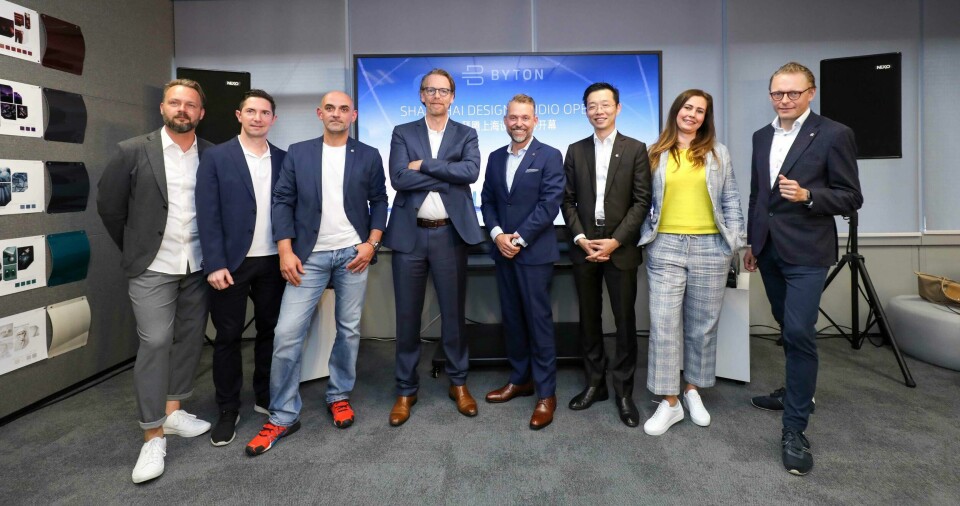
Actually, Byton has had a design presence in Shanghai for a while, starting a small operation in the Chinese city not long after it opened its Munich studio in 2017. “We were only a team of 5-6 people headed up by Rick Chen, renting a small office space,” recalls Jacob, “but then we had the possibility to move to a bigger space in the Raffles City building in the heart of Shanghai. Now we have well over 300 sq m which can accommodate a team of 25-30 people. Some are resident in Shanghai but others are from the Munich studio, travelling to follow the projects.”
The new studio’s location in Zhongshan Park isn’t what most would consider a hipster hangout, but it is a modern and commercially-savvy environs with facilities more suitable for complex design work. “We have a small workshop where we can do scale models and if we want to do full-size models we go to local suppliers,” Jacob continues. “But 80-90% of our design work is digital – user interface, meetings with suppliers, normal ideation. We have about a dozen permanent staff plus some interns to get young fresh minds into the process.”
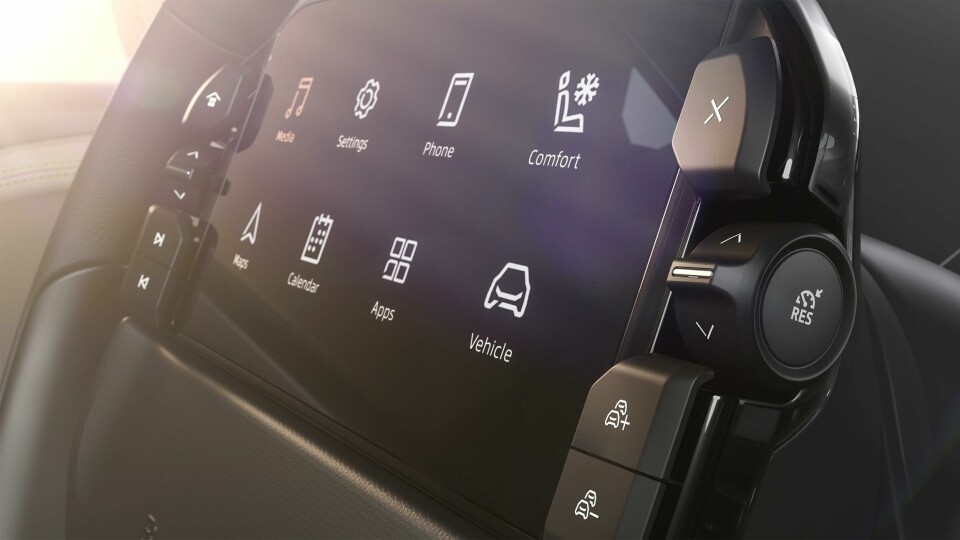
With Byton launching its M-Byte model in China first, the need for Chinese design input is obvious, but why was there a need for the bigger design studio in Shanghai, and why now? “We need this footprint because we need integration with a local supplier so the quality we define can be fully delivered,” says Jacob. “That can only happen here locally. I look at it as the place to gather all the creative minds of the company. Not only the designers, but members of the UI/UX team and the product management and marketing teams too.”
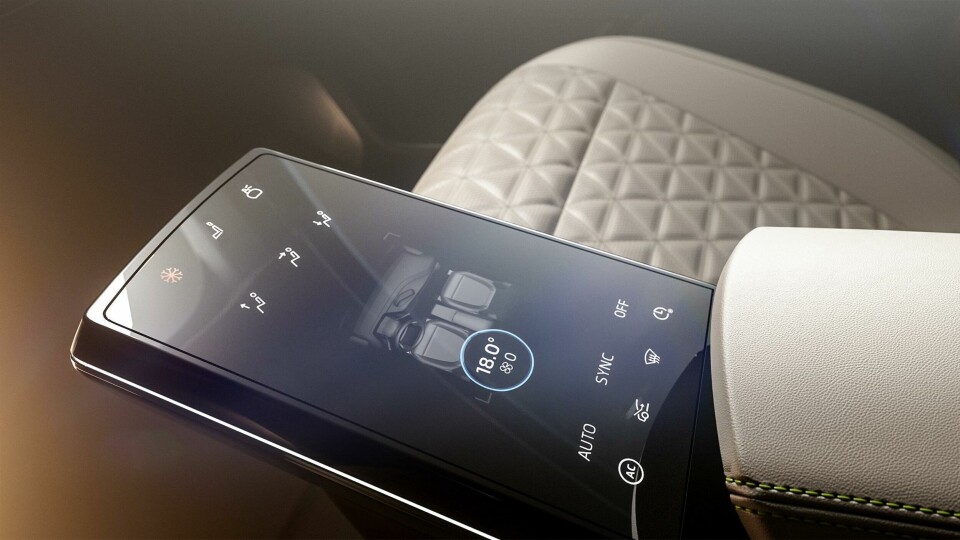
Indeed, on the studio’s opening night further aspects of the way users will be able to navigate the production M-Byte’s innovative interface menu were revealed (in addition to the glimpses shown at CES Las Vegas in January). The huge 48-inch remote screen is activated by either a 7-inch tablet within the steering wheel hub or via an 8-inch central touchpad and is a clear Byton USP. “The key differentiator is in the way we will deliver digital content inside the car,” Jacob enthuses. “The most significant aspect is the integration of the user interface into the interior design, which you can imagine was a very tough challenge to bring into production. Many colleagues I know from the design scene did not believe we would be able to bring it into reality and some people still believe we are lying!”
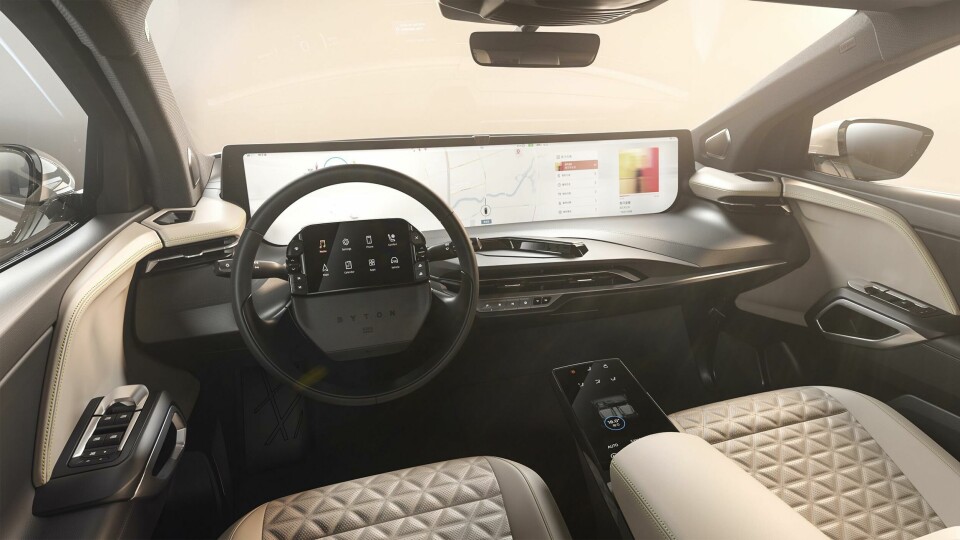
The world premiere of the M-Byte – that should sit between an Jaguar I-Pace and Audi e-tron in length – will be staged at an as yet unnamed venue in September 2019 (and not necessarily a car show).
The full-electric SUV will be offered in rear- or all-wheel drive and with either 400 or 520km of range, priced from $45,000 with the 48-inch screen as standard. After the China launch in late 2019, the car is due to arrive in the US 8-12 months later, with consideration for the European market after that. Meantime, Jacob sees no need to expand his studio set-up further, beyond a Nanjing design studio by Byton’s manufacturing base, for internal presentations and quality auditing of mass production. As he concludes: “First we have to focus on the M-Byte [SUV] and K-Byte [sedan] products. We have announced a range of about three vehicles, so the two locations in Munich and Shanghai are of complementary importance. Expanding somewhere else is really long-term. As a brand we can benefit from having the different influences from over 17 nationalities within the design team. What is fascinating to me is French people talking Mandarin in Shanghai and Chinese people speaking fluent German in Munich. It is not a Chinese or a German team – I do not want that – but we want the blend of different cultures from these two locations. That enriches the whole design process.”
